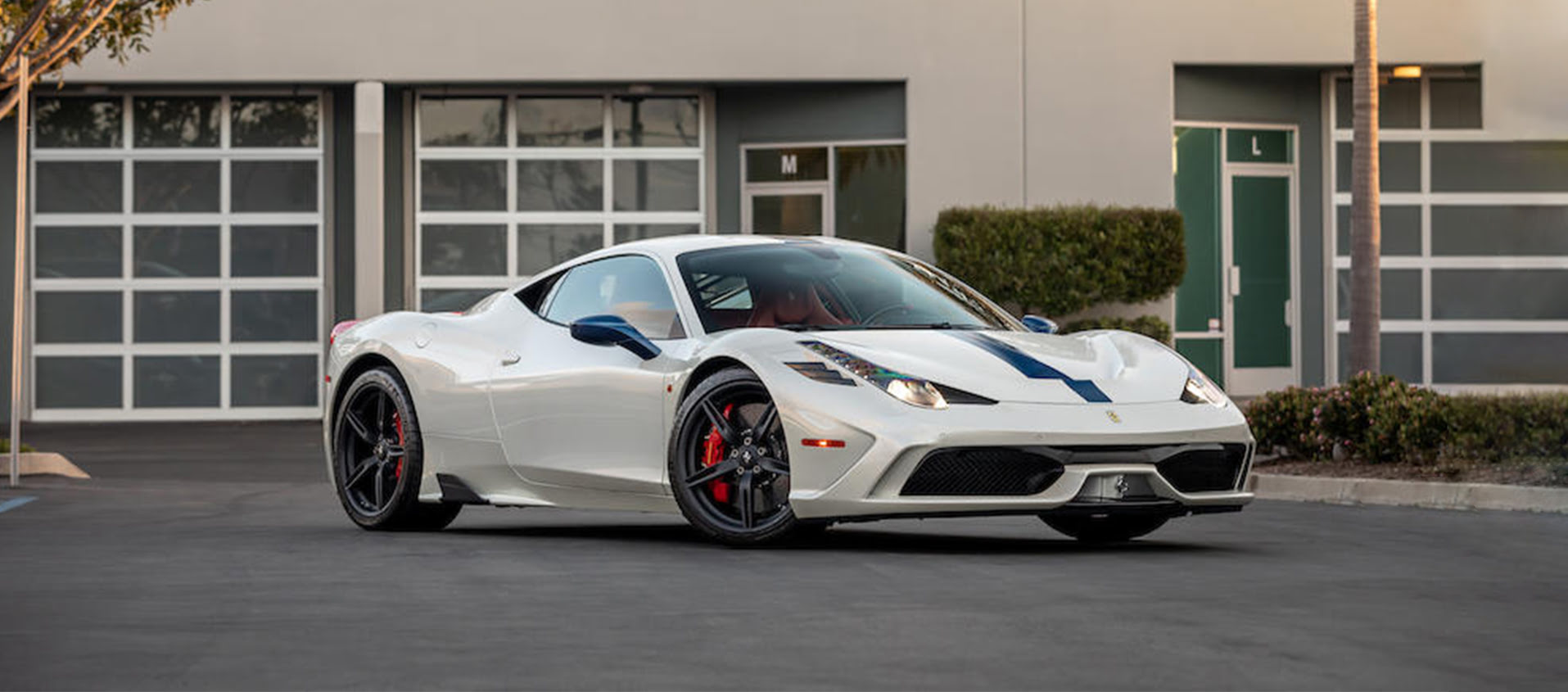Supercars at Bonhams... Fascinating but cruel
15 April 2021 3 min read 9 images

The original sin was the F40. How can you stem a demand which led to three, four, five, even six times the market price to take one home? Even Ferrari’s blatant violation of the limited number series did not calm this frenzy and today this model continues to be a dream for collectors. A very well-paid dream.
Register to unlock this article
Signing up is free and gives you access to hundreds of articles and additional benefits. See what’s included in your free membership. See what's included in your free membership.
Already have an account? Log In